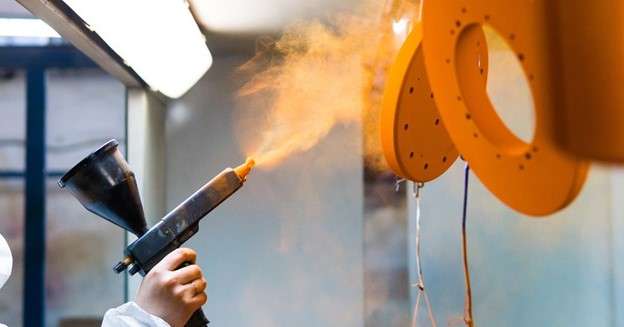
Surface treatment process
The surface quality of machined parts is essential in manufacturing regarding their functionality, durability, and aesthetic appeal. Most parts or products need surface treatment procedures to achieve the desired finish because the machined surface often contains tool marks, burrs, chips, or other flaws.
A suitable post-processing treatment can address all surface defects, providing a longer product life. So, it is an essential aspect of manufacturing in several industries, including automotive, aerospace, and medical, where precision and dependability are essential.
This article will explore the importance of surface treatments, various finishing techniques, and procedures to choose the suitable surface finish for your machined parts.
What Is a Surface Finish?
Surface finish refers to a surface’s texture, roughness, and overall quality after manufacturing. Moreover, it can be defined as a surface’s condition after being subjected to different surface treatment processes, such as polishing, grinding, sandblasting, or coating.
The surface finish can be expressed with different mathematical parameters, including roughness, waviness, and flatness. These parameters are often measured with various metrological instruments and measurement principles.
The following are some commonly used techniques in surface finish measurements.
- Profilometry
- Interferometry
- Stylus-based instruments
- Visual comparison
These techniques measure the height and spacing of surface features (such as waviness and flatness).
Read more: Essential Guide to Machined Surface Roughness Measurements
The Value of Surface Finish: Why it Should Not Be Overlooked
The quality of the surface finish can significantly impact a product’s performance. For instance, a rough surface causes friction, wear, and tear on moving parts, whereas a smooth surface can increase the product’s durability and prevent wear.
Now, let’s discuss some key points regarding why surface finish cannot be overlooked in the manufacturing industry.
- It affects the functionality of the final product.
The surface quality of machining parts affects the measurement accuracy, friction, wear, and tear, and other factors related to the functionality of individual parts or products. For example, a poor finish surface degrades over time, causing high friction and low functionality.
- Product durability
The surface finish of a product can also affect its durability. Because of microscopic fissures and pores that can collect moisture, dirt, or other impurities, a product with a rough surface is more prone to corrosion, cracking, or degradation over time. However, a smooth surface is more corrosion-resistant and less likely to trap pollutants, extending the product’s lifespan.
- Appearance and brand image
The surface finish of a product influences its appearance, which is especially essential in industries like automotive, aerospace, and consumer goods.
A product with a high-quality surface finish appears more professional, which can promote brand image and customer perception. Furthermore, a high-quality surface finish can drive sales by making a product more attractive to customers.
- Compliance with industry standards
Many industries have surface finish or surface roughness(Ra) standards to ensure that parts or products meet specific performance and durability criteria. For example, the aerospace industry has stringent surface finish criteria to ensure the safety and reliability of aircraft components.
Therefore, a high-quality surface finish is fundamental to several specific criteria across different industries.
- Cost-effectiveness of a product
High-quality surface finishes are less likely to require repairs or replacements due to wear or corrosion, lowering maintenance costs and improving product longevity. Furthermore, a high-quality surface finish can eliminate the need for additional coatings or finishes, lowering manufacturing costs.
Classification of Surface Treatment Approaches
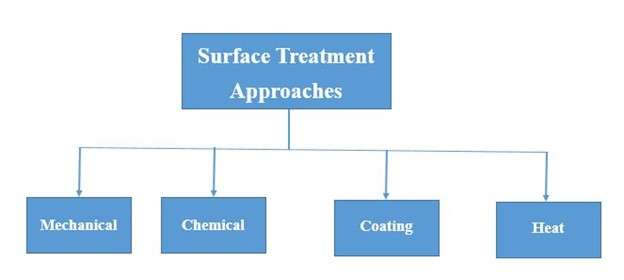
There are several surface treatment approaches for machining parts or products, each with its own set of benefits and drawbacks. However, mechanical, Chemical, heat treatment, and coating surface treatments are the most popular in manufacturing. Let’s discuss each of them in detail.
Mechanical surface treatments
The mechanical surface treatment process involves using mechanical force to modify the surface of machined parts. The finishing of metals can be carried out in various ways, such as grinding, polishing, shot peening, sandblasting, and brushing.
The mechanical surface treatment is ideal for removing surface flaws, creating a smooth surface, and improving the material’s wear and tear resilience. The method can generate a specific surface texture or finish to improve the aesthetic attractiveness of the material.
Chemical surface treatments
As the name suggested, chemical surface treatment involves using suitable Chemical solutions to modify the surface of machined parts. The chemical solution reacts with the parts and creates a protective layer that improves resistance to corrosion, oxidation, and wear.
The standard techniques for achieving Chemical surface treatments include etching, anodizing, electroplating, and passivation.
Coating surface treatments
The coating treatment process entails the development of a thin protective layer on the material surface to enhance its corrosion and abrasion resistance. It can be carried out with different techniques, such as powder coating, electroplating, Alodine Coating, Chemical vapor deposition, and painting.
Heat treatments
The heat treatment process involves using heat to alter a material’s properties by customizing microstructures in the material. It can be achieved through techniques such as annealing, quenching, tempering, and case hardening.
A heat treatment finish is suitable for improving the material’s mechanical properties, such as its strength, toughness, and ductility, to improve its performance in specific applications.
Try Prolean Now!
What Are the Different Types of Surface Finishes Available?
In CNC machining or other manufacturing, surface finishes play a significant role in creating a high-quality final product. Various techniques are available to achieve the desired surface quality, including plating, powder coating, galvanization, anodizing, and laser cladding. Let’s discuss various CNC surface finishing types in more depth.
Plating finish
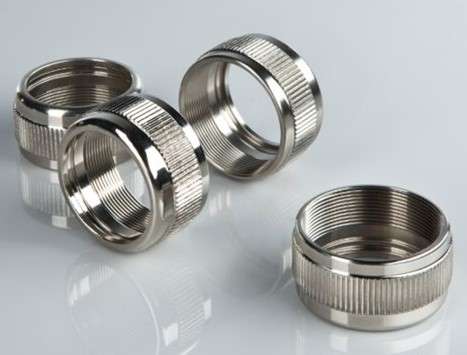
Nickel plated parts
The process of depositing a thin layer of metal onto a substrate to create an attractive and corrosion-resistant surface is known as a plating finish. The plating metal can be anything from gold to nickel and zinc.
The plating of metal is not only used in decorative items and jewelry, but it also provides a protective cover for electronics, automotive, and aerospace components.
Powder coating
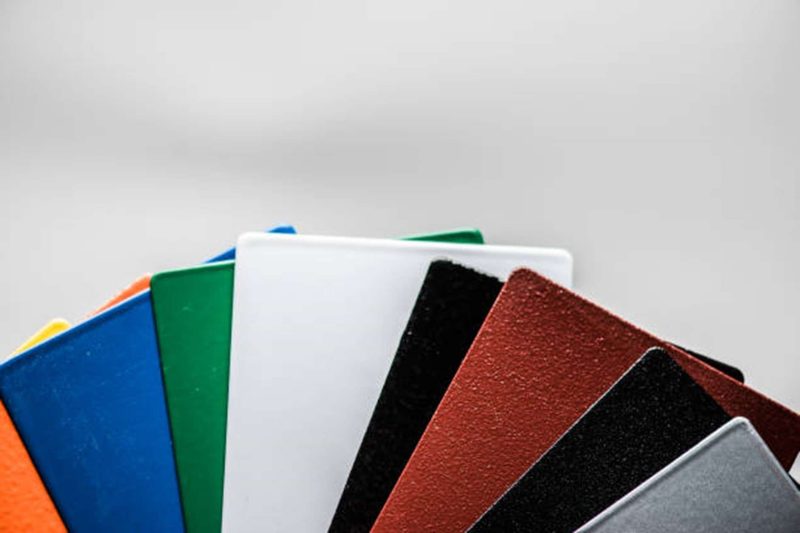
Powder coated parts
Powder coating is a popular coating approach in manufacturing that involves the application of a dry and finely ground powder onto a metal surface through an electrostatic deposition. Firstly, the machined parts are dipped into dye powder. Then, the parts are baked in an oven where it melts and forms a durable and protective layer. As a result, a smooth and even finish is created that is resistant to chipping, cracking, and fading.
Powder coating finish can be employed on metallic and non-metallic parts. However, it is a preferred choice for metal surface finishing.
Galvanization finish
Galvanization finish refers to the process of coating metal parts with a zinc layer to prevent rusting and corroding. It is used in various industries such as construction, automotive, and marine, where metals are exposed to harsh environments and require protection to maintain their structural integrity.
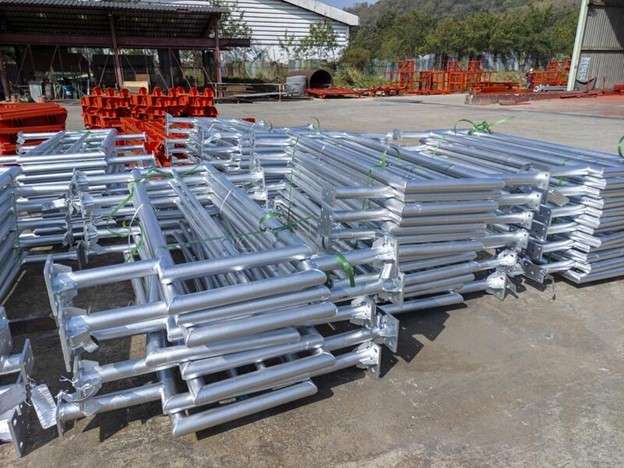
Galvanized parts
The galvanization process involves two major steps; cleaning the metal surface and coating with different techniques (hot-dip, electro-, and spray galvanization). In addition, the coating thickness depends on the application and can range from a few microns to several millimeters.
Anodizing finish
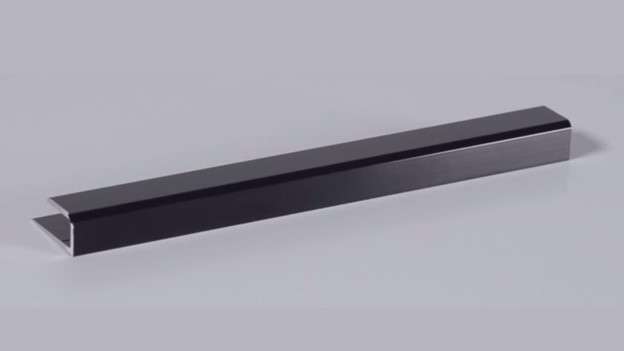
Anodized parts
Anodizing is another surface finishing process used to optimize the durability and appearance of machined parts or products, particularly those used in industrial and aerospace applications.
The process involves the creation of a protective oxide layer on the metal surface using electrochemical deposition. The anodizing finish particularly applies to aluminum. However, it can be used for other metals such as titanium, zinc, and magnesium.
Anodizing is the best alternative to powder coating for surface finishing of machining parts with intricate shapes. It offers exceptional color retentions for finished parts over a long time.
Laser cladding finish
Laser cladding refers to creating a coating layer on the material surface by melting and fusing metallic powders using a laser beam. The coating formed by laser cladding methods improves the substrate material’s abrasion resistance, corrosion resistance, strength, and surface hardness.
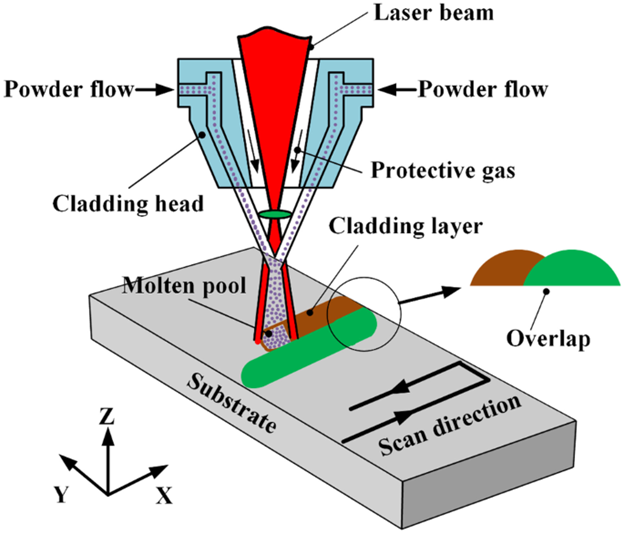
Laser cladding finish
In the laser cladding process, the surface finish quality is affected by several factors, such as laser power, powder feed rate, beam size, scanning speed, and layer thickness. For example, higher laser power and slower scanning speed result in a smoother surface finish.
How to Choose the Perfect Surface Finish for Your Machining Parts?
Choosing the suitable surface finish for your machining parts is essential for achieving the desired functionality and appearance of the component. However, there is no such perfect surface finish technique for your machining project because it entirely depends on the specification of a particular part or product.
Let’s discuss the step-by-step procedure for selecting surface finishing techniques for any machined parts or products.
Step 1: Determine the function of the part
The first step in choosing the surface finish is to determine the function of the part. Different applications require different surface finishes to achieve the desired performance. For example, parts used in high-wear environments (like bearings and gears) require a smooth surface finish to reduce friction. On the other hand, parts used in corrosive environments, such as marine and chemical industries, require a highly corrosion-resistant surface finish.
Consideration: The function of the part determines the surface finish requirements, and choosing the wrong surface finish can result in premature failure of the product or low performance.
Step 2: Identify the part’s material
The second step is to identify the part’s material since the requirement of surface finishing also depends on their properties, such as hardness, ductility, and thermal conductivity. For example, softer materials such as aluminum require a smoother surface finish than harder materials such as steel.
Consideration: The part’s material determines the surface finish requirements, and choosing the wrong surface finish can damage the part or cause poor performance.
Step 3: Determine the machining process
Determine which machining process is used in manufacturing parts, such as conventional milling, CNC machining, EDM, or others. The as-machined surface finish depends on the machining process used to create the parts. Furthermore, it helps to analyze which surface finishing approach is suitable for achieving the desired finish.
Consideration: The manufacturing process determines the surface finish requirements, and choosing the wrong surface finish can result in poor quality or inconsistent performance.
Step 4: Specify the Surface Finish Requirements
The surface finish is typically specified in terms of surface roughness, which is the surface deviation from a perfect plane. The roughness is measured in units of micrometers (µm) or microinches (µin). The surface finish requirements are usually specified in engineering drawings or specifications.
Consideration: To avoid surface roughness, the finish requirements should be realistic and achievable with the chosen manufacturing process, material, and intended application.
Step 5: Choose the surface finish method
The final step is to choose the surface finish method. There are several methods to achieve the desired surface finish, including grinding, polishing, sandblasting, and chemical treatments. The choice of method depends on the surface finish requirements, the part’s material, and the manufacturing process used.
Consideration: The surface finish method must be repeatable, cost-effective, and consistent according to the part’s specifications.
Summary
The surface treatments are essential for any machining parts in terms of their functionality, performance, durability, and aesthetic appearance. However, choosing the suitable surface finish for your machining parts requires thoroughly understanding the part’s function material, machining method, and finish requirements.
At ProleanTech, we provide various surface finishing services based on your needs and consultation from expert engineers. Therefore, contact us, and we will provide a suitable finish for optimal performance and aesthetic of your parts.
FAQ
Why is surface finish essential in manufacturing?
The quality of the surface finish can significantly impact a product’s performance, measurement accuracy, friction, wear, and tear. A high-quality surface finish can increase a product’s durability, prevent wear, improve appearance, promote brand image, and drive sales.
What are the different types of surface treatment approaches?
The types of surface treatment approaches for machining parts or products are mechanical, chemical, heat treatment, and coating surface treatments.
What are the different types of surface finishing?
Various techniques are available to achieve the desired surface quality, including plating, powder coating, galvanization, anodizing, and laser cladding.


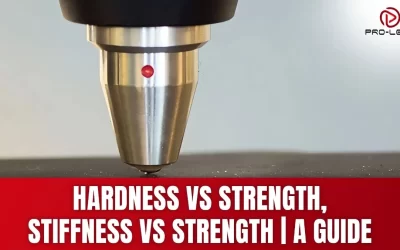

Hello, I’m interested about your surface treatment options for CNC machined parts. What do you think on which can enhance the durability and corrosion resistance for aluminum components?
Thank you Brian ! The finish method can depends on what is the application of your part and other desired surface properties. However, anodizing and powder coating are excellent for durability and corrosion resistance. We have 20+ finishing options at our factory. You can reach out to our engineers to know more about potential options.